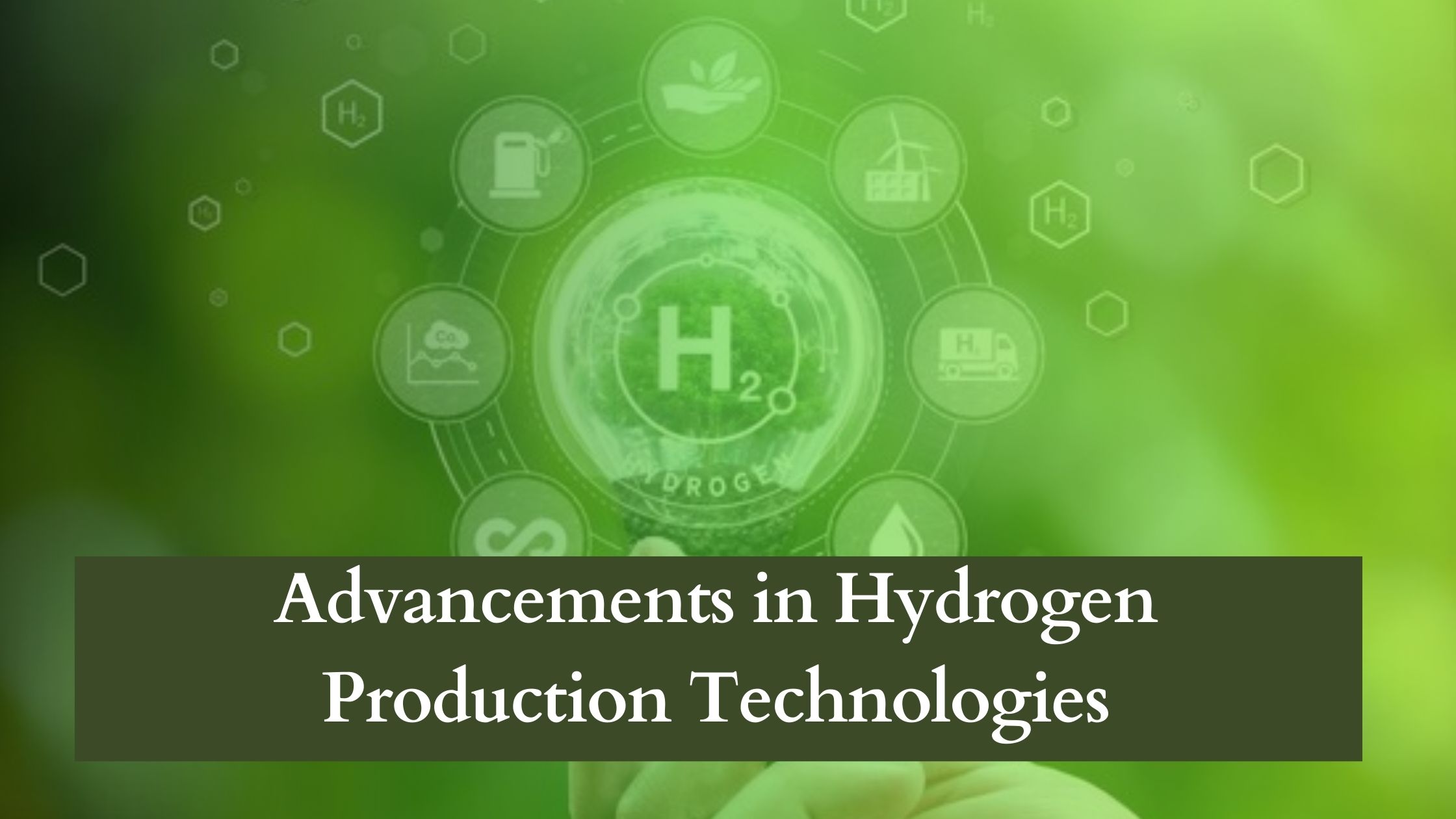
The Future of Hydrogen: Innovations in Production Technologies
Hydrogen is rapidly emerging as a key player in the global energy transition, with advancements in production technologies paving the way for a cleaner and more sustainable future. As the demand for green hydrogen grows, industries and governments worldwide are investing in innovative solutions to make hydrogen production more efficient and cost-effective.
Key Advancements in Hydrogen Production Technologies
1. Electrolysis Efficiency Improvements
Electrolysis, the process of splitting water into hydrogen and oxygen using electricity, is becoming more efficient thanks to:
- Solid Oxide Electrolysis Cells (SOECs): Higher efficiency compared to conventional electrolysis methods.
- Polymer Electrolyte Membrane (PEM) Electrolyzers: Faster startup times and lower operational costs.
- Integration with Renewable Energy: Solar and wind-powered electrolysis is reducing the carbon footprint.
2. Biological Hydrogen Production
Scientists are exploring ways to produce hydrogen using biological processes, including:
- Microbial Electrolysis Cells (MECs): Using bacteria to generate hydrogen with lower energy inputs.
- Algae-Based Hydrogen Production: Certain algae can naturally produce hydrogen under specific conditions.
3. Thermochemical Water Splitting
This technology uses high temperatures, often from nuclear or concentrated solar power, to split water molecules into hydrogen and oxygen. Recent developments include:
- Sulfur-Iodine Cycle: A promising method for large-scale hydrogen production.
- High-Temperature Reactors: Using nuclear energy to drive hydrogen production without carbon emissions.
4. Methane Pyrolysis – A Low-Carbon Alternative
Methane pyrolysis, also known as turquoise hydrogen production, involves breaking methane into hydrogen and solid carbon, eliminating CO2 emissions. This method is gaining traction due to:
- Lower energy consumption than electrolysis.
- Ability to utilize existing natural gas infrastructure.
- Growing interest from industrial players in carbon capture and utilization.
5. Hydrogen Storage and Transportation Innovations
The success of hydrogen as a mainstream energy source depends on safe and efficient storage and transportation. Recent breakthroughs include:
- Liquid Organic Hydrogen Carriers (LOHCs): Enabling hydrogen transport at ambient conditions.
- Compressed Hydrogen Solutions: Higher-density storage for long-haul transportation.
- Hydrogen Pipelines: Existing gas networks being adapted for hydrogen distribution.
Case Studies: Real-World Applications
Japan’s Hydrogen Society Initiative
Japan has been a pioneer in adopting hydrogen technologies, investing in large-scale electrolysis plants and fuel cell vehicles. The country’s strategy includes the development of hydrogen-powered cities and a transition to a hydrogen-based economy by 2050.
Germany’s Hydrogen Valley Project
Germany has established multiple hydrogen hubs to integrate renewable energy sources with hydrogen production. A recent initiative in Hamburg includes a 100 MW electrolysis plant, reducing reliance on fossil fuels and lowering industrial carbon emissions.
United States – Hydrogen Hubs Initiative
The U.S. Department of Energy has announced funding for regional hydrogen hubs, focusing on green hydrogen production and hydrogen infrastructure development to accelerate decarbonization.
The Importance of the World Hydrogen Summit and Other Hydrogen Events
World Hydrogen Summit 2025: A Must-Attend Event
The World Hydrogen Summit is one of the most influential events in the hydrogen industry, bringing together global leaders, researchers, and industry pioneers to discuss the latest advancements in hydrogen production and deployment. The 2025 edition will feature:
- Breakthrough Technologies: Showcasing innovations in hydrogen electrolysis, storage, and transportation.
- Government Policies and Investments: Insights into regulatory frameworks and funding opportunities.
- Networking Opportunities: Connecting with hydrogen industry leaders, investors, and policymakers.
- Live Demonstrations: Hands-on experience with cutting-edge hydrogen technologies.
8th Edition CEE Hydrogen Summit
Another major hydrogen event, the 8th Edition CEE Hydrogen Summit, is set to focus on the Central and Eastern European hydrogen market. Key highlights include:
- Hydrogen Strategies for Europe: Discussion on policies, regulations, and market adoption.
- Industry Case Studies: Real-world applications of hydrogen in heavy industries.
- Investment and Funding Sessions: Understanding the financial landscape of hydrogen production.
Key Statistics on Hydrogen Production Growth
- Global hydrogen demand is expected to reach 140 million metric tons by 2030 (International Energy Agency, 2025).
- Green hydrogen production capacity is projected to grow by over 600% by 2030.
- Hydrogen investments have exceeded $500 billion in announced projects worldwide.
- Electrolyzer costs are expected to drop by 70% by 2035, making hydrogen more affordable.
FAQs
1. Why is hydrogen recognized as a sustainable energy solution?
Hydrogen, when produced using renewable energy sources, generates no carbon emissions. When utilized in fuel cells, hydrogen generates electricity while emitting only water as a byproduct.
2. How do green, blue, and grey hydrogen differ?
- Green Hydrogen: Produced via electrolysis using renewable energy.
- Blue Hydrogen: Derived from natural gas while incorporating carbon capture and storage to reduce emissions.
- Grey Hydrogen: Produced from natural gas without carbon capture, leading to emissions.
3. How does the World Hydrogen Summit contribute to the industry?
The World Hydrogen Summit facilitates knowledge sharing, collaboration, and investment opportunities, accelerating the adoption of hydrogen technologies worldwide.
4. What industries are adopting hydrogen technology?
Industries such as transportation (fuel cell vehicles), manufacturing, aviation, and power generation are integrating hydrogen to reduce carbon emissions.
Conclusion
The advancements in hydrogen production technologies are paving the way for a sustainable and decarbonized future. Events like the World Hydrogen Summit and the 8th Edition CEE Hydrogen Summit play a crucial role in driving industry collaboration, policy development, and technological innovations. If you’re looking to stay ahead in the hydrogen economy, attending these hydrogen event is essential!







